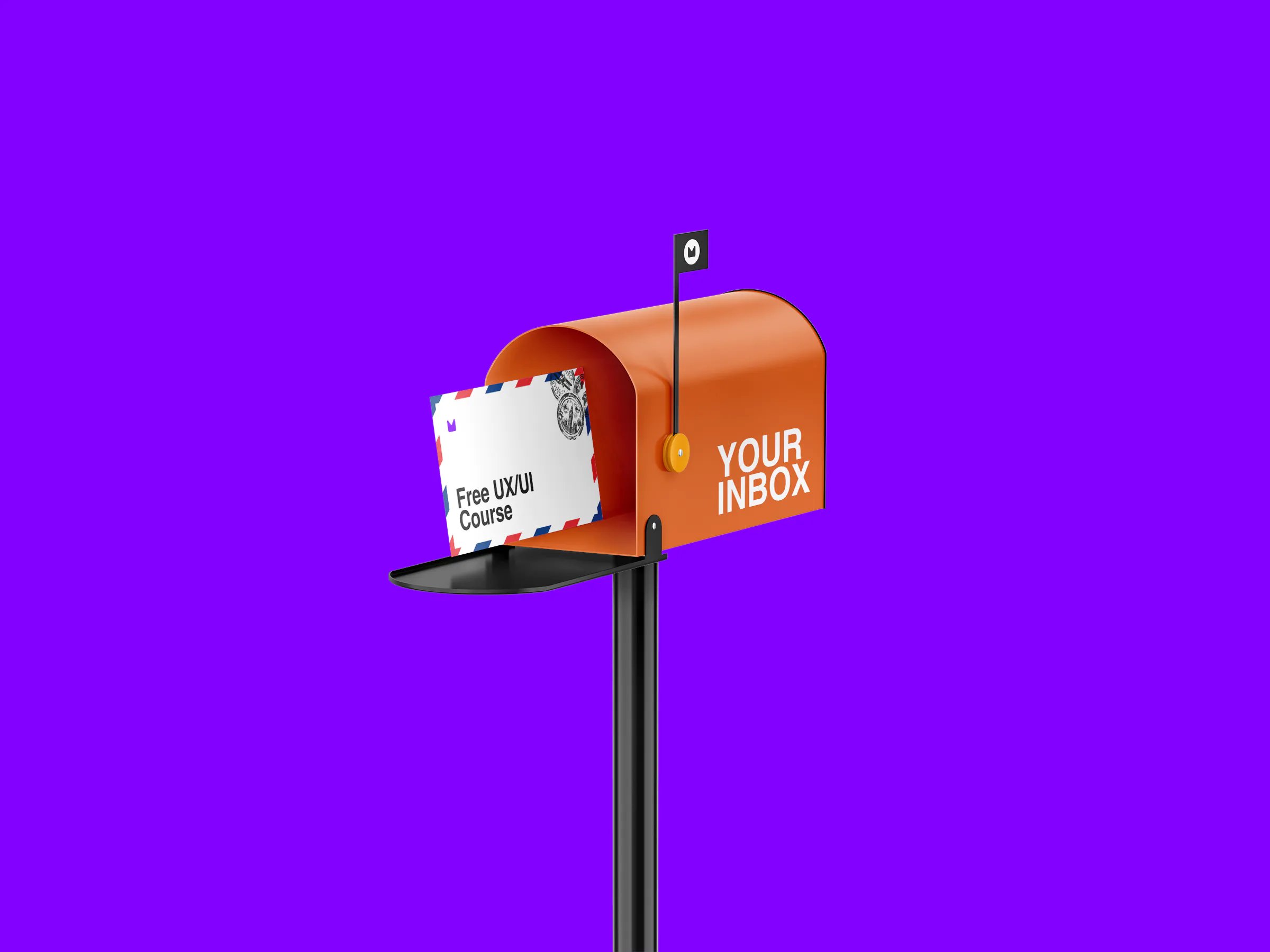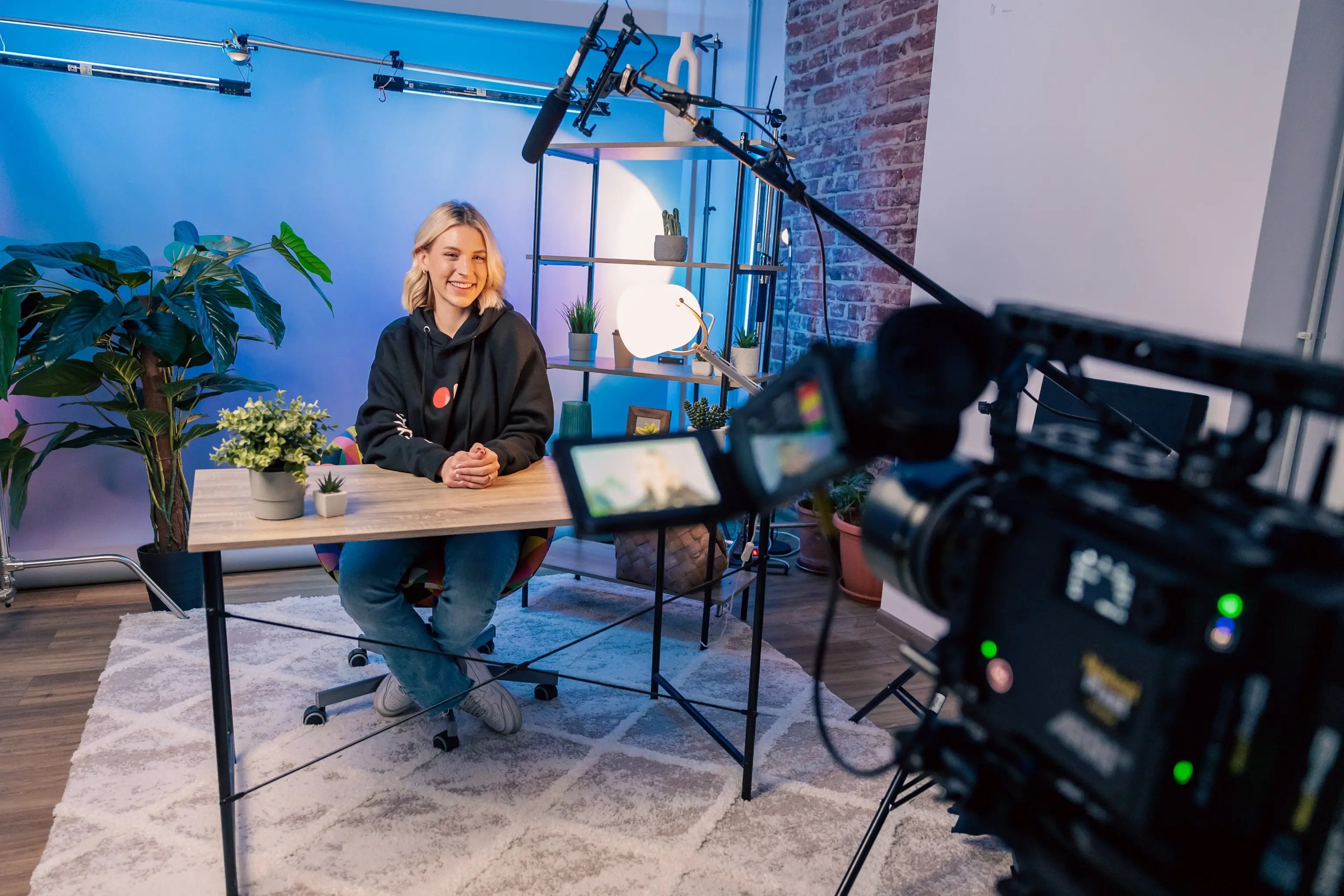

Get a Free UX/UI Course in Your Inbox Every Day for 15 Days
By the end of this three-week crash course, you'll have a much better understanding of the tech industry, the design craft, and all the knowledge you need to start building your career.

Get a Free UX/UI Course in Your Inbox Every Day for 15 Days
By the end of this three-week crash course, you'll have a much better understanding of the tech industry, the design craft, and all the knowledge you need to start building your career.

So you've finished a UX Design Bootcamp or graduating soon. Congratulations, we know how much effort this takes! You are ready for a career as a Designer, but many questions and uncertainties still creep in.
"When should I start applying to jobs?", "When is the right moment to apply for a job?" or "How do I get into Google or Amazon or any other dream company?" are some of the most common ones. We are here to answer some of them from our experience and also reveal some secrets to help you stand out from other applicants. Actually, let's start with this last point.
Let me break it to you; sometimes, you won't secure a job solely based on talent but on a combination of skills that show a potential employer you can face a fast-paced, creative industry. Problem-solving, communication, and the ability to learn and be self-managed are some of the key ones. But there is one to rule them all: communication and the ability to tell a compelling story.
It might sound surprising, but only a few Designers can clearly communicate their design process and thinking. So the earlier you train this muscle, the easier it will be to start the application process. Speaking to the decision-making that went into a project can help demonstrate your understanding of the UX design process and your ability to think critically about design problems.
Additionally, speaking to any relevant industry trends can help set you apart. Be bold and show what you've learned and how Design is part fo your life.
✅ Share your work. Whether in a live presentation or writing, taking every opportunity to share your projects, explain your design decisions, and discuss the challenges you faced and overcame will sharpen your articulation skills and showcase your problem-solving abilities and potential to potential employers. Don't be shy; write, share, and post your work, and remember; no one will judge you for it, regardless of your experience level.
✅ Ditch letters for videos. Shift from traditional e-mails to video applications. You've heard me right. With the rise of platforms like TikTok and YouTube, video content is more popular than ever. And while a viral TikTok video alone may not land you the job, a well-crafted video showcasing your story and motivation can help put you at the top of the applicant pile. Don't believe us? Give it a try and see how a video application can help you land those coveted interviews.

More often than not, Designers get hired not only for their skillset but for how well they seem to fit into the company culture. How they can create specific value for that company or how fast they can get up to speed. You would have a difficult time choosing between hiring a mechanic from the local newspaper or a car aficionado who has been tinkering with his car every Sunday for the past 10 years.
✅ The perfect portfolio match. If you have your eyes on a specific company, go that extra mile and tailor your portfolio to fit their needs! Start by researching the company's culture, projects, and organization. If you don't have direct contacts, feel free to reach out to designers, recruiters, and other employees to learn more about their day-to-day and identify areas where you can fill a need. It may take some extra effort, but trust us; it'll be worth it when you land that job you've been dreaming of. Plus, onboarding will be a breeze when you land that position.
✅ Put on your social hat. Related to the above, the best way to learn about a company's culture is through its people. But when it comes to contacting them, many designers face challenges.
Let's walk through some quick best practices.
✅ Don't be generic. Personalize your message and make it clear why you're reaching out. This can include mentioning something specific you admire about their work or sharing a relevant experience or project you have that aligns with their interests or areas of expertise. It's important to be specific and not generic in your message and ensure that the person you are reaching out to understands that you have taken the time to research them and their work.
✅ What's in it for them? Another effective strategy is to offer value to the person you are reaching out to. This can include sharing an article or resource that you think they may find interesting, asking for their advice on a specific design challenge you're facing, or offering to connect them with someone in your network who may be able to help them with a project or opportunity. By providing value, you're more likely to get a positive response and start building a relationship.
✅ Offer respect. It's important not to be aggressive in your approach and ensure you respect the person's time. Don't ask for a job or a recommendation right off the bat, and don't send many follow-up messages if you don't receive a response. Be patient and professional, and remember that building relationships takes time.

As a UX designer, leveraging inbound marketing strategies is one effective way to get a job faster. Inbound marketing is a method of attracting and engaging with potential employers through relevant, valuable content. By creating a solid online presence and showcasing your skills and expertise through a well-designed website, blog, or social media channels, you can attract potential employers actively searching for candidates like you. Additionally, by creating and sharing valuable content such as case studies, design tutorials, and thought leadership pieces, you can position yourself as an expert in your field, making you a more attractive candidate to potential employers.
✅ Treat your portfolio as a product in itself. As a fresh bootcamp graduate UX designer, one way to practice inbound marketing is to create a personal website or portfolio that showcases your design skills and highlights your areas of expertise. Make sure to optimize your website for search engines by including relevant keywords and meta tags, and make sure that it's easy for potential employers and clients to find and contact you.
✅ Have a social presence. Another way to practice inbound marketing is to gradually create a presence on social media platforms such as LinkedIn, Twitter, and Instagram. You can share anything from your design work, thoughts, and insights on the latest design trends or actively engage with other designers and professionals in the industry.
You can also create and share valuable content, such as design case studies, tutorials, or blog posts highlighting your design process and showcasing your problem-solving skills. This will demonstrate your expertise and help to establish you as a thought leader in the industry or a potential mentor for others.
✅Sharing is caring. Participate in online design communities and forums. Share your work, provide feedback on other designers' work, and engage in discussions about design trends and challenges. This will help you to build your network and gain visibility among potential employers and clients.
It's important to remember that building a successful inbound marketing strategy takes time and effort, so be patient and consistent. We advise you to start this process early, even as soon as you start learning. You won't do design critiques at that point, but you can share your learnings, how you organize your time, and your goals. Slow and steady wins the race.

Applying for jobs as soon as you graduate from a bootcamp is a crucial step in building a successful career as a UX designer, and it's essential to start early.
Even if you don't land your dream job right away, applying and interviewing for jobs can help you hone your portfolio and interviewing skills. So it's important not to postpone until you find that super dream job.
Informational interviews can be a valuable tool for networking and learning more about potential employers and the industry. They can also help you gain insights into the specific skills and experience most highly valued by employers in your field and adjust your strategy based on that. Not to mention getting a taste of the company you are interested in and the culture (remember point 2)
The more you apply, the more chances you have to find the right company or team that aligns with your skills and career goals.
The job market is competitive, and it can take time to find the right job. By starting to apply early, you'll have more time to look for job opportunities and increase your chances of finding a job that is the right fit for you.
So now that we have our questions clarified, the only thing left to do is to be consistent, arm yourself with patience, and don't let any rejection get to you. With the right skillset under your belt and a well-crafted strategy, you will land that dream job in no time.